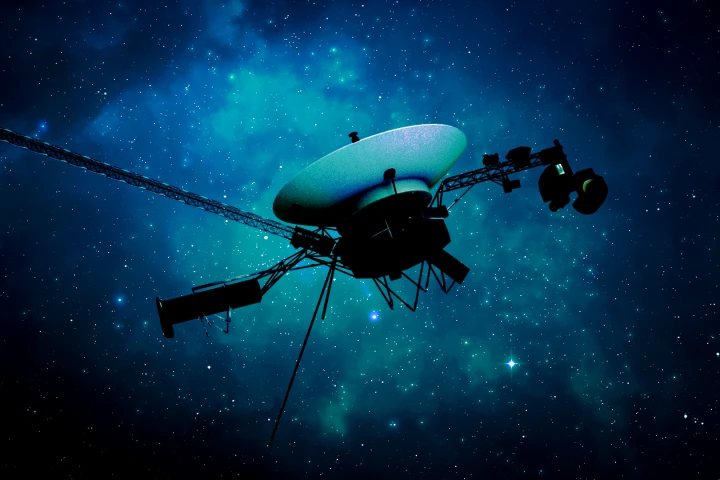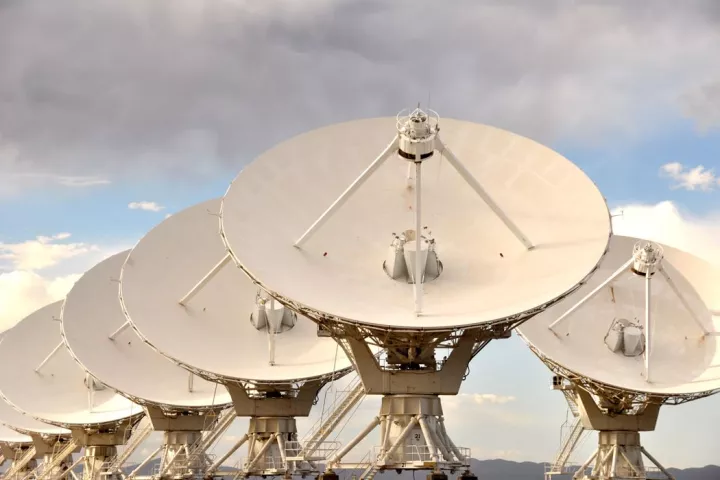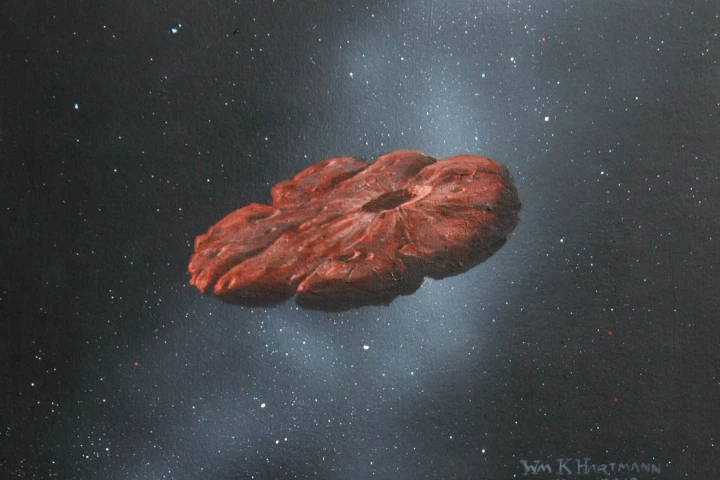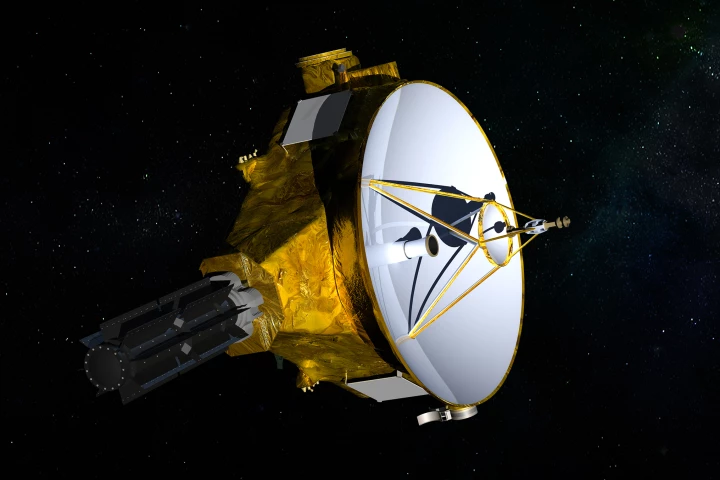interstellar space
-
Earth’s seasons change as we orbit the Sun – but can the climate also be affected by the solar system’s changing position in the Milky Way? A new study suggests an ice age about two million years ago may have been triggered by an interstellar winter.
-
We have to cut the 47-year-old space veteran some slack – it's faring much better than our 2019 laptops – but Voyager 1's five months of communicating nonsense to Earth may be over, thanks to Mission Control's 15-billion-mile remote IT fix.
-
2023 turned out to be a busy year in space and the general vicinity. New Atlas looks back at everything from rocket launches and cosmic tsunamis to asteroid samples and the latest astronaut fashions.
-
The search for extraterrestrial civilizations gets a major boost as SETI joins forces with the Very Large Array (VLA) that combines the giant radio telescope with a new processing system to increase the search's effectiveness by a factor of 1,000.
-
Controversial physicist Avi Loeb is on the hunt for aliens again. His new Galileo Project aims to track unexplained oddities in the sky, study interstellar objects, and even examine the "possibility" of alien satellites watching us from orbit.
-
More than 40 years after launch, Voyager 1 is still making new discoveries. The latest achievement by the craft is the detection of a faint, plasma “hum,” indicating that there may be more activity in interstellar gas than previously thought.
-
A bizarre object named ‘Oumuamua, defying classification, was the first interstellar object ever discovered. Now a newly proposed origin story neatly explains all of its observed oddities – it may be a piece of nitrogen ice from an “exo-Pluto.”
-
NASA's New Horizons deep-space probe has, for the first time, returned images to Earth that showed stellar parallax, or how the positions of stars shift when seen from two different places. This could one day be used for interstellar navigation.
-
The exact nature of the bizarre interstellar object ‘Oumuamua remains a mystery. There’s been no shortage of ideas, but now astronomers at Yale and the University of Chicago have proposed that it’s a brand new type of object: a hydrogen iceberg.
-
An MIT researcher proposes using solar sails to position deep-space probes on the edge of the solar system that could lay in wait before being unleashed and set on an intercept course with an interstellar visitor.
-
Despite whizzing around the Sun at around 100,000 mph last year, scientists have quantified the amount of water comet 2I/Borisov shed on this leg of the journey, the first time they have gained such an insight into an interstellar comet.
-
2I/Borisov is a comet from another star system, and now Hubble has taken the valuable opportunity to study its chemical makeup. The study reveals Borisov is very different to any local comet, giving hints about what kind of system it was born in.
Load More










